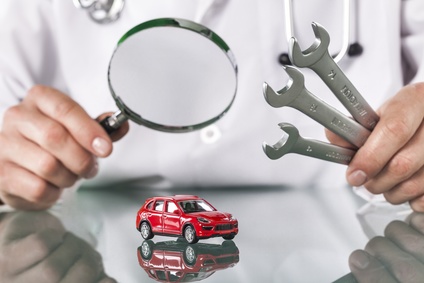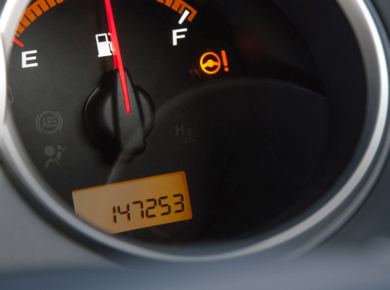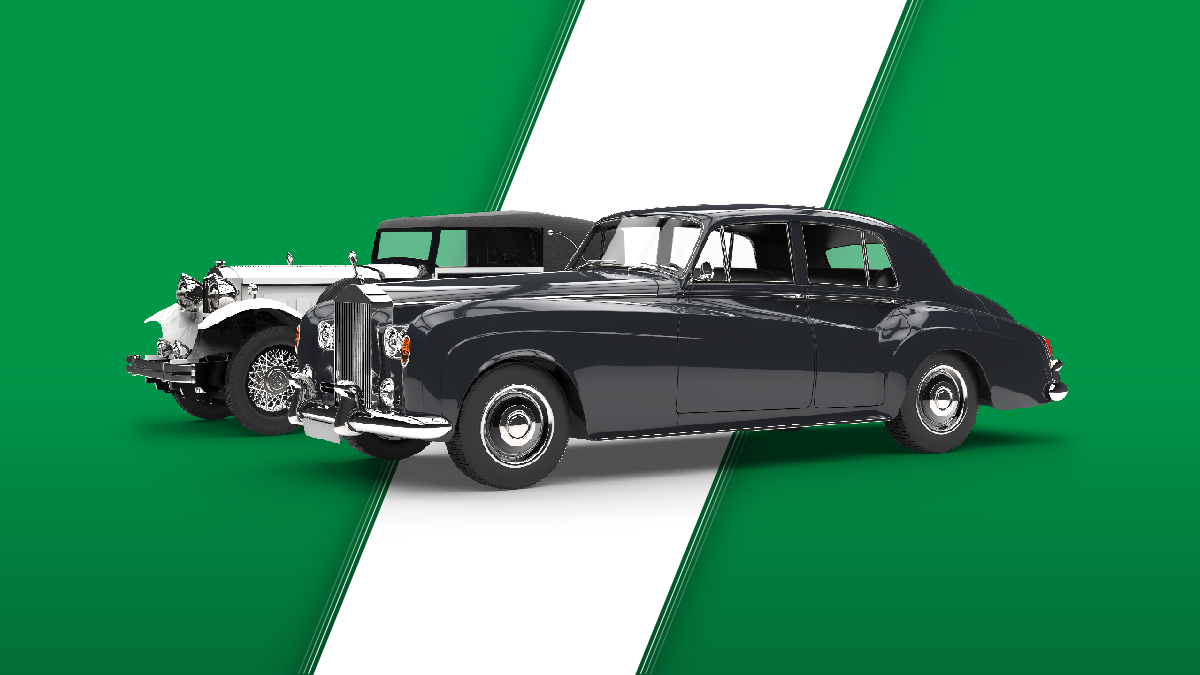Over 40 million cars are sold through salvage auctions such as Copart and IAAI annually. Lots of which were seriously damaged or almost totally destroyed. The resellers put such vehicles up for sale again after poor reconstruction. You can easily run into such cars at any used car dealerships or other marketplaces like Manheim. Though, there are dealers who buy slightly damaged cars and provide effective repair. Shopping for a car, you should always check a vehicle sales history to make sure it is worth its money.
Typically, used car dealers reconstruct salvage cars and resell them with a new rebuilt title. Of course, you can review a vehicle title history that is required to contain records regarding salvage branding. However, the extent of damage to assign a salvage title may vary significantly depending on the state regulations and situation. Besides, a vehicle could have a flood damage. So, if you want to see for yourself what condition a car was initially sold from auction, you need to get the information about both primary and secondary damages. To be on the safe side, it’s also better to pull a set of auction photos available in the ClearVin Auction Report.
Except for a standard VIN lookup that allows checking vehicle title history, and odometer reading, knowing retail value, auction final bid amount and estimated repair costs can help you to negotiate like a pro. In addition, you can retrieve the seller information and auction dates. The report also includes doc-type information, auction highlights, and location. An Auction Report lets you instantly gain the upper hand.
ClearVin has been collecting sale records from the largest nationwide salvage auctions for almost 10 years in an effort to offer the most reliable and cost-effective solutions for used car buyers. Whether you’re a car enthusiast or a prospective buyer, a free VIN check is a valuable tool for unlocking important information about a vehicle’s past.









